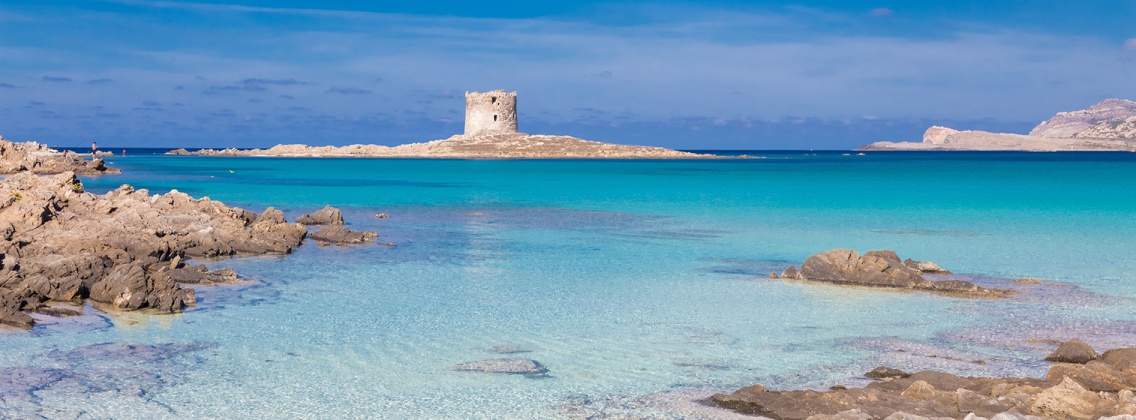
Sardinia
Visit Sardinia: emerald sea, small inlets and white sand
Territory of Sardinia
Sardinia is an Italian region, its territory coincides with the Sardinian archipelago, consisting of the island of Sardinia and a considerable number of small islands and surrounding archipelagos.
Located in the western Mediterranean is rich in mountains, forests, plains, largely uninhabited territories, waterways, rocky coastlines and long sandy beaches. For the variety of its ecosystems the island has been metaphorically defined as a micro-continent.
Useful information about Sardinia
The region is divided into four provinces: Sassari, Oristano, Nuoro, South Sardinia. The region also hosts a metropolitan city (Cagliari) and 377 municipalities. The capital of the region is Cagliari. The other most important cities are Nuoro, Alghero, Olbia, Sassari.

Looking for tips for your next trip? Ask Monna Lisa.

Discover the Italian Ambassador of Excellence in this region
Places and tours of Sardinia
Sardinia is the second largest island in the Mediterranean and more than 80% of its territory is mountainous and hilly. The rest of the territory is occupied by flat areas. The widest plain is the Campidano that separates the northern central reliefs from the mountains of the Iglesiente.
The coasts offer enchanting landscapes and wonderful views immersed in unspoilt nature. Not to be missed in Sardinia: The Archipelago of La Maddalena, the caves of Neptune, L'asinara, Castelsardom Cala Goloritzé.
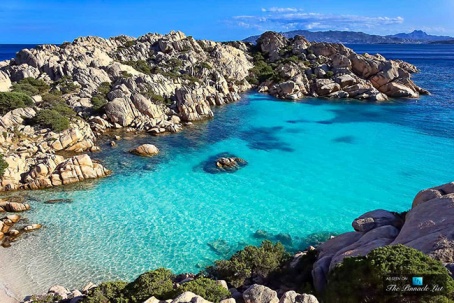
Stories and traditions of Sardinia
Since the dawn of civilization, Sardinia has been a popular landing place for those who sailed the Mediterranean Sea in search of commercial opportunities. Its strategic position has allowed the island to collect abundant evidence of the presence of the major ancient colonial forces. The region has gone through three historical periods: the Nuragic period, the Judicial period and that of the Kingdom of Sardinia.
There are many traditions and festivals that affirm the strong cultural identity of Sardinia. The most popular festivals are: St. Efisio in Cagliari, the Faradda di li candareri (proclaimed an oral and intangible heritage by UNESCO in 2013) in Sassari, the Sardinian Ride in Sassari.
Many Sardinian traditions have been proclaimed a World Heritage Site by UNESCO: The Nuraghe and the expressions of the Nuragic civilization, the singing a tenore, the singing of the Sibyl, the Faradda de li candareri.

Food and flavours of Sardinia
The Sardinian cuisine is very varied and is based on ingredients derived from both pastoralism, fishing and agriculture. Wild boar and pork hams, sausages, accompanied by olives and mushrooms are very popular as appetizers. The typical dishes are: the malloreddus, the culurgiones, whose ingredients change from town to town, the pane frattau, the fregula, the zuppa gallurese and the lorighittas.
Bread, cakes and cheeses are also of great tradition. The Sardinian Fiore, the Sardinian Pecorino and the Roman Pecorino are well known and exported all over the world.

Tour and Experiences in Sardegna
Art and culture of Sardinia
Sardinia has gone through an intense historical journey, the initial indigenous cultures were joined by multiple contributions of civilizations from the Mediterranean world. The finds and precious testimonies of the past are collected and kept in numerous museums and archaeological parks scattered throughout the territory.
The Neolithic period was the period in which the first artistic manifestations were found. Numerous findings of the typical statues of the Mother Goddess and ceramics engraved with geometric designs testify to the artistic expressions of Sardinian prehistory. The union between the Nuragic populations and the merchants coming from every part of the Mediterranean led to a refined production of gold jewels and ceramics.
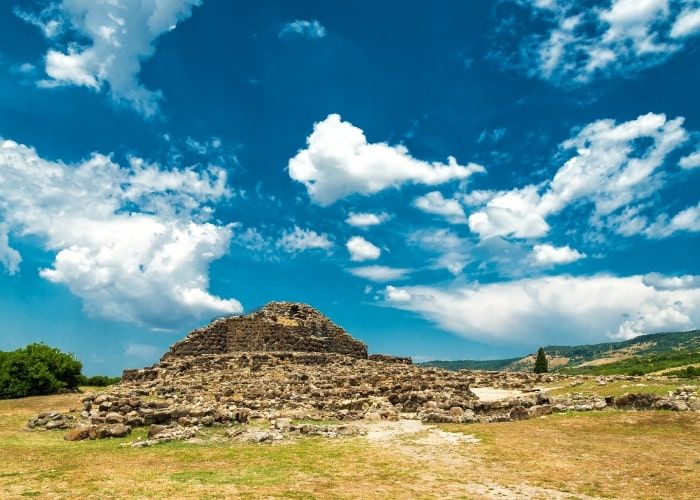
Sardinia Region
Sardinia is a region with a special statute, the third of Italy by extension with an area of twenty-four thousand square kilometers, the second largest island after Sicily. Sardinia has a vast territory but with a rather low density (sixty-six inhabitants per square kilometer).
Positioned to the west in the Mediterranean Sea is surrounded by some islands and small archipelagos. Often, because of the scarce presence of man, its territory is still uncontaminated and completely wild.
Sardinia has a very varied territory. It ranges from the coast to the plain, passing through rocky mountains, thick millennial woods, streams and long beaches of fine sand.
Because of this variety it also has different ecosystems that lead it to be considered a micro continent.
Its strategic position and the underground rich in minerals, have favored : its population, trade and cultural exchange.
The territory is mostly mountainous, the most important area is the Gennargentu massif. It consists of rocks of schist origin formed during the Paleozoic, a characteristic that testifies to the ancient origins of Sardinia. It is located in the center of the island with Monte Spada, Bruncuspina, and Punta la Marmora which are its highest peaks.
In the Supramonte around the Gennargentu among the most prominent peaks we have Monte Corrasi.
Further north we have the Limbara massif consisting mainly of granite rocks. Able to capture the attention because of the bizarre shapes of its rocks. In Ogliastra stands Punta Seccu.
In central-western Sardinia, we have the volcanic massif of Montiferru, the largest in the region, Monte Urtigu and Monte Entu its highest peaks.
In the Marghine, a sub-region of Logudoro we have the highest peak with Punta Palai. To the south we find among the most important the Massif of the Seven Brothers, Monte Linas and Monte Serpeddì. Monte Lisone in the iglesiente and in the Sulcis Monte Is Caravius.
Moving on to the plains, the largest is the plain of Campidano, located between the mountains of the Iglesiente and the massive north center.
The second most important flat area is the plain of Nurra located in the north-western part of Sardinia, between the municipalities of Sassari, Alghero and Porto Torres.
Among the most important rivers we find the Tirso which is the longest and largest, following the Flumendosa, the Coghinas , the Cedrino and the Flumini Mannu.The main ones are closed by dams, forming basins used for irrigation of the fields. The largest is Lake Omodeo which is the largest of the reservoirs in Italy, followed by the Flumendosa, Coghinas and Posada basins.
The only natural lake is Lake Baratz located north of the island in the municipality of Sassari.
Along the coast the most important gulfs are to the north the Gulf of Asinara, proceeding westwards the Gulf of Alghero and the Gulf of Oristano.
To the south the Gulf of Cagliari, to the east the Gulf of Orosei and to the north east the Gulf of Olbia.
Sardinia has a coastal area that extends for almost two thousand kilometers, in some stretches the sea thanks to the indentations of the coast forms swamps or ponds giving rise to important ecosystems. The most important pond is the Cabras pond.
The island is accompanied by other smaller islands, the largest is the island of Sant'Antioco, followed by the island of Asinara, the island of San Pietro, La Maddalena and Caprera.
The climate of the island is Mediterranean, along the coast thanks to the sea the winters are mild and the summers warm and humid. Thanks to the constant breeze the summer temperatures are more bearable even if they often exceed 35 º C.
In the inner areas instead we have warmer summers and harsher winters. On the massifs during the winter it often snows with temperatures below freezing, summers are cooler.
Sardinia is particularly windy throughout the year, the predominant winds are the mistral, the west and the libeccio.
Another great geographical feature of this island are the caves and springs present throughout the territory.
Among the most important caves are those of Supramonte, Sulcis-Iglesiente and the promontory of Capo Caccia.
The granite rocks shaped by atmospheric agents sometimes create bizarre shapes, among the most famous the elephant rock in the territory of Castelsardo and the bear in the territory of Palau.
A territory so rich and varied that the regional authority has decided to protect, establishing countless parks and marine protected areas.
In total, we have sixty nature reserves, two national parks and two regional parks, nineteen natural monuments , five WWF oases and sixteen nature areas. The natural treasure of this great island is well integrated with the historical and cultural heritage.
Sardinia has a history of considerable importance. The historical heritage includes countless archaeological sites.
Since the most remote times the island has been mooring of all those who crossed the Mediterranean, the island has been able to exploit its strategic position and its insularity.
Its rich history can be divided into different ages.
The pre-Nuragic age is characterized by different archaeological cultures and obsidian trafficking from Monte Arci that began in the Mesolithic.
In that period also megaliths, tomb circles, menhirs, dolmens and domus de janas appeared. Of great interest is the stepped temple of Monte d'Accoddi. The Nuragic Age can be traced from the middle of the Bronze Age to the Iron Age. It is characterized by the presence of about eight thousand nuraghi, the tombs of giants, sacred wells, bronzes and statues of Mont'e Prama.
The Phoenician-Punic period in which new landings were founded, often coinciding with Nuragic settlements.
The best known are Caralis, Tharros, Nora, Sulki, Bithia.
From here developed trade with both the populations of the inland areas and with those overseas.
Later the Punics conquered the southern and central-western part of the island. The Roman age began immediately after the First Punic War, Sardinia together with Corsica formed a single province, the second after Sicily.
The Romans expanded the existing coastal cities, founded others, built bridges, roads and aqueducts.
The Roman civilization had the best settling permanently throughout the island and all the Sardinians became Roman citizens.
Sardinia was considered one of the granaries of Rome for its great wealth of lead and silver, were also exported skins, wine, wheat, salt, wool and cheese. The Roman period lasted until the arrival of the Vandals in the mid-fifth century. The Vandals were a Germanic population that initially conquered some coastal towns and then conquered the whole island.
The Byzantine age is characterized by the birth of the judicial kingdoms during which Sardinia began to cultivate its independence.
The Judicial Age, which began in the late 10th century, lasted for about four hundred years.
This period is characterized by the attempt of the Muslims to conquer Sardinia foiled by the Sardinians and by sea by the fleets of Genoa and Pisa.
Following this episode four independent provinces were formed: Torres, Gallura, Arborea and Calari, they gave rise to a large political organization, which was characterized more by the establishment of the Charter De Logu, a collection of laws written in Sardinian for judges.
The noble and communal age was characterized by the fact that it put an end to the judges to give space to the noble organization referring to central-northern Italy. The Kingdom of Sardinia began in the thirteenth century and ended in 1861 with the Kingdom of Italy.
In this period Sardinia was disputed between Aragonese, Angevins and Pope Boniface VIII.
As evidence of this period, the presence of countless Aragonese towers along the coasts built for the defense of the territory.
In the contemporary age in Sardinia the banditry strongly fought by the state persisted. During the First World War the Sassari Brigade conquered the Asiago Plateau. In the following years several marshy areas were reclaimed including the Nurra and Terralba.
In the years of World War II Sardinia was not affected by fighting on land but Cagliari was cruelly bombed.
In 1948, Sardinia was designated as a special statute region, which could then enact administrative laws independently.


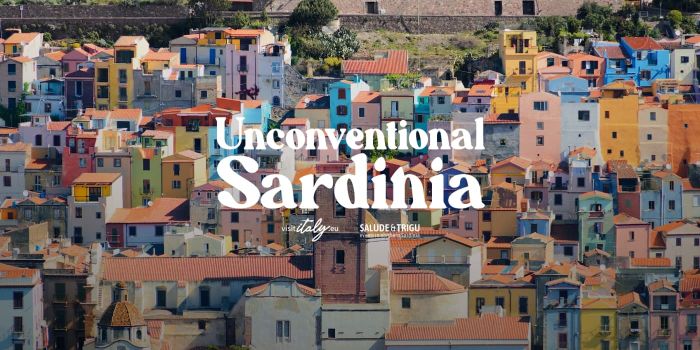
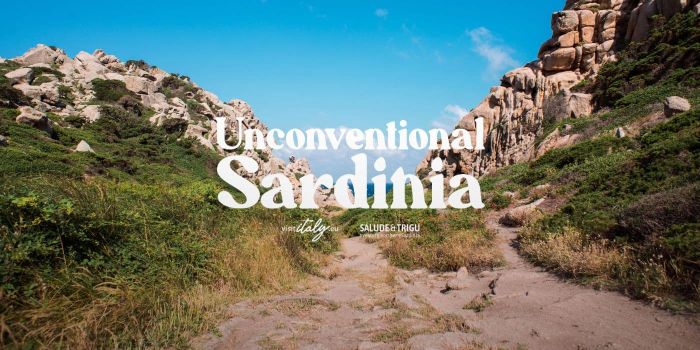
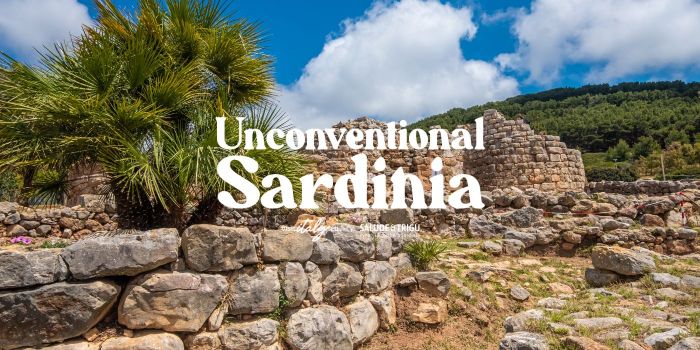
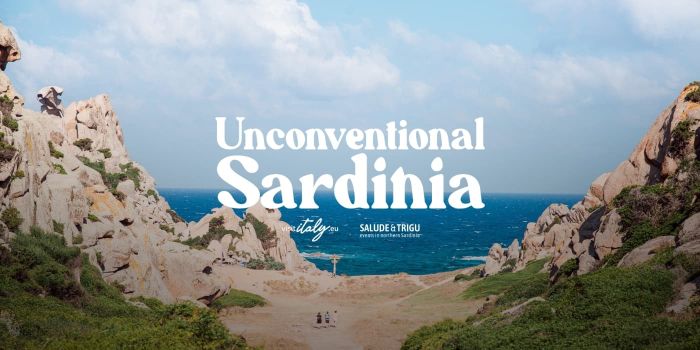
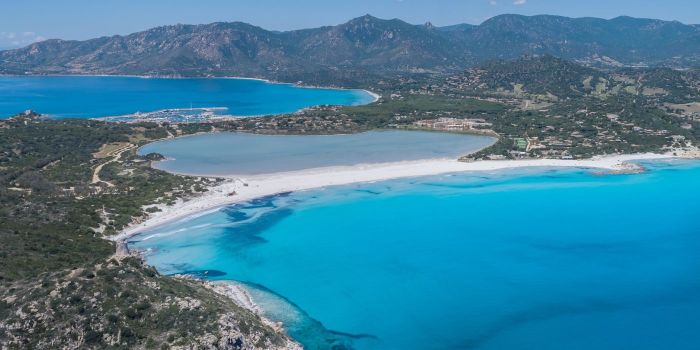
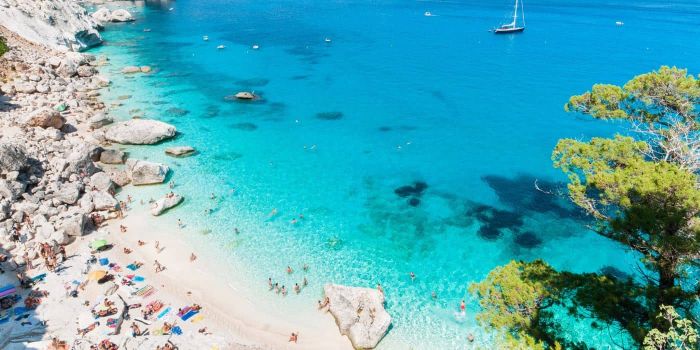
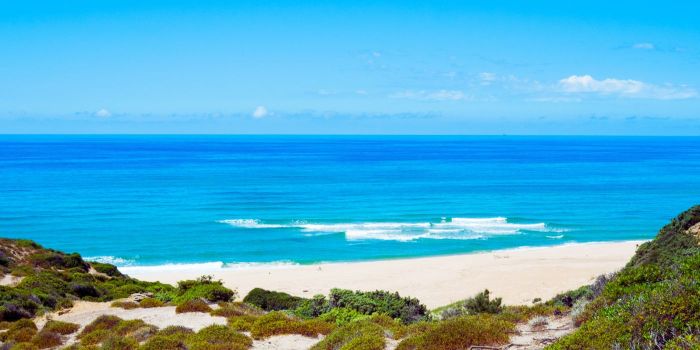

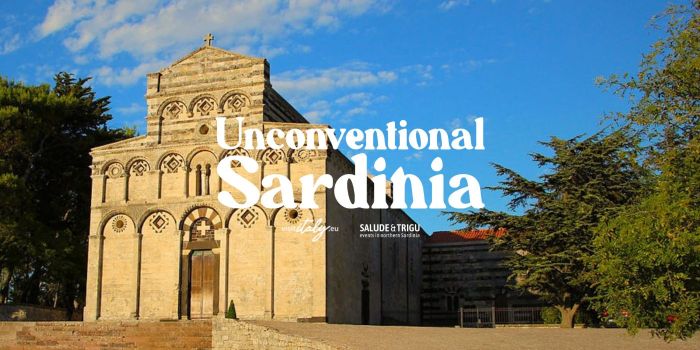




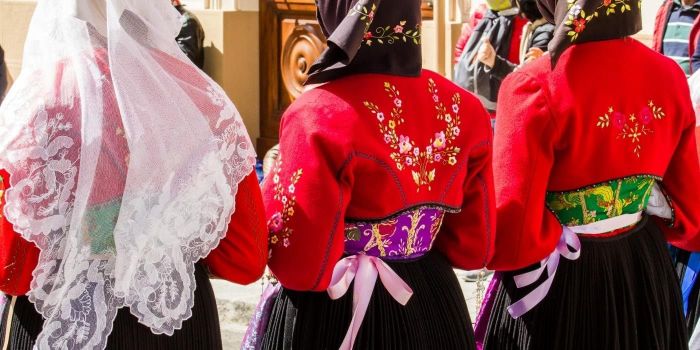
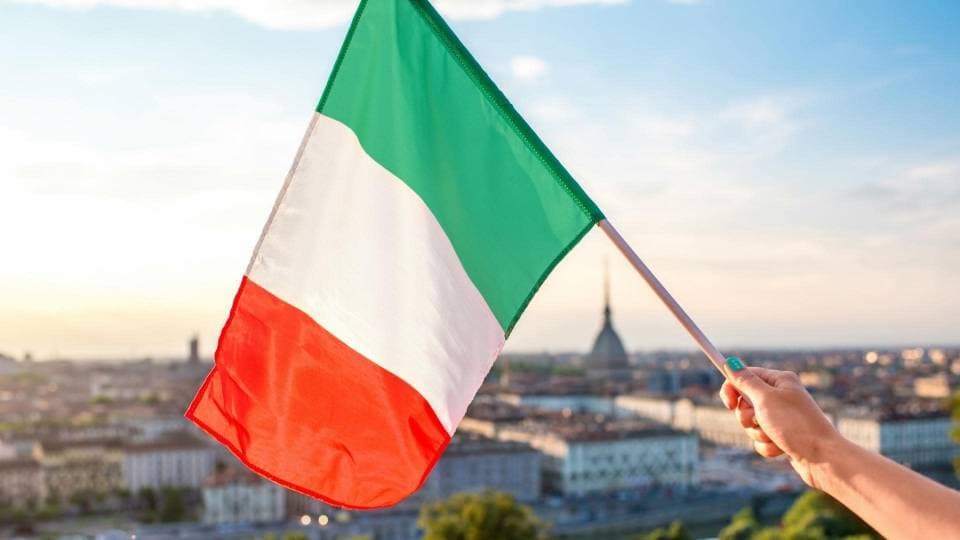

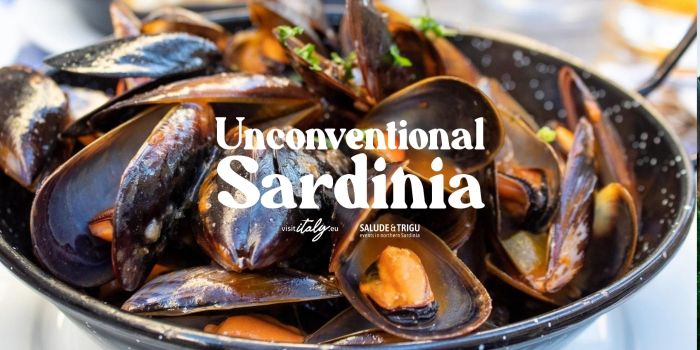
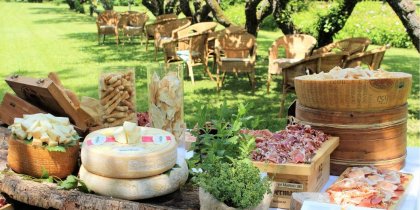
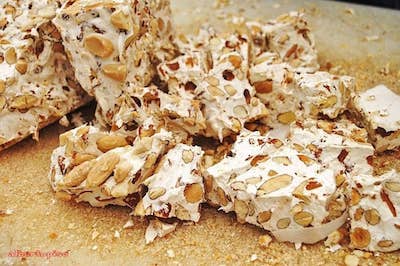

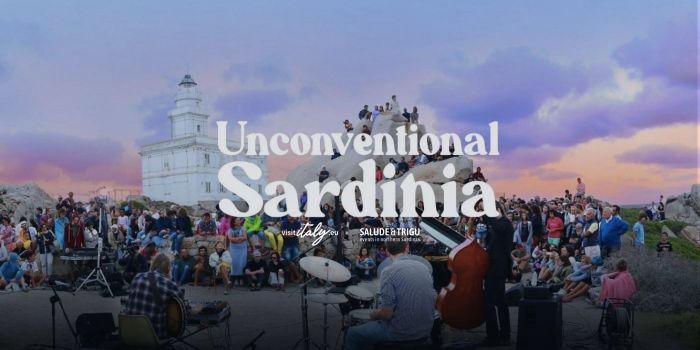
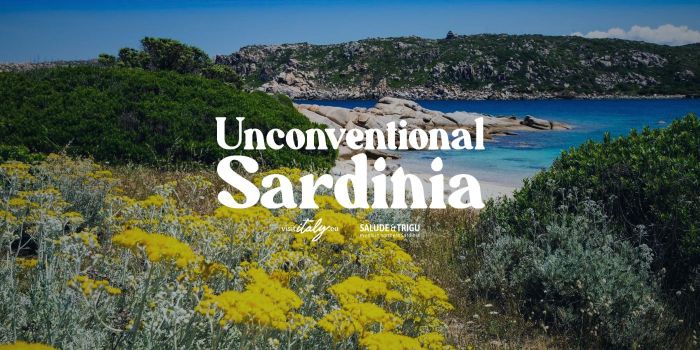
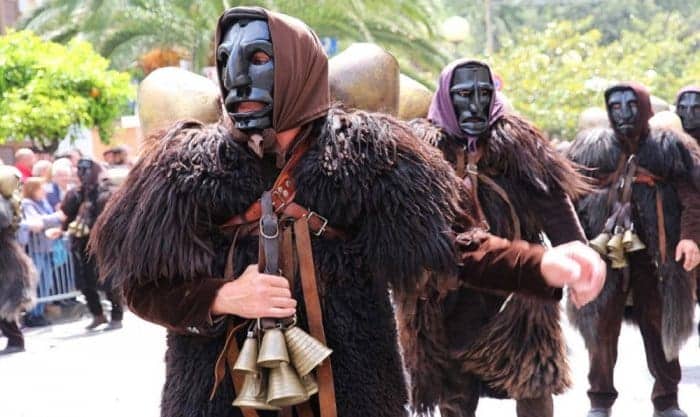

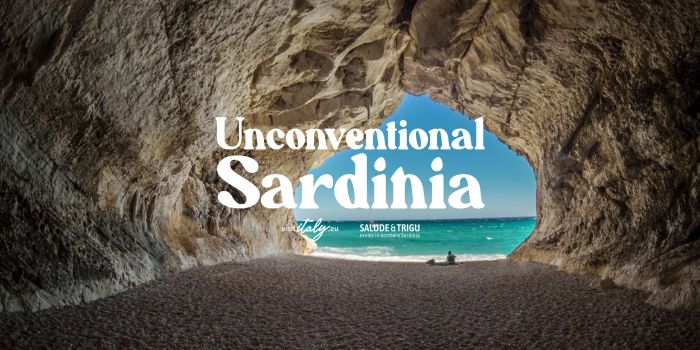
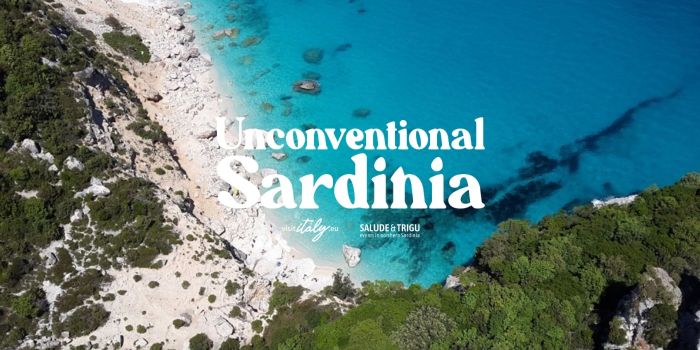




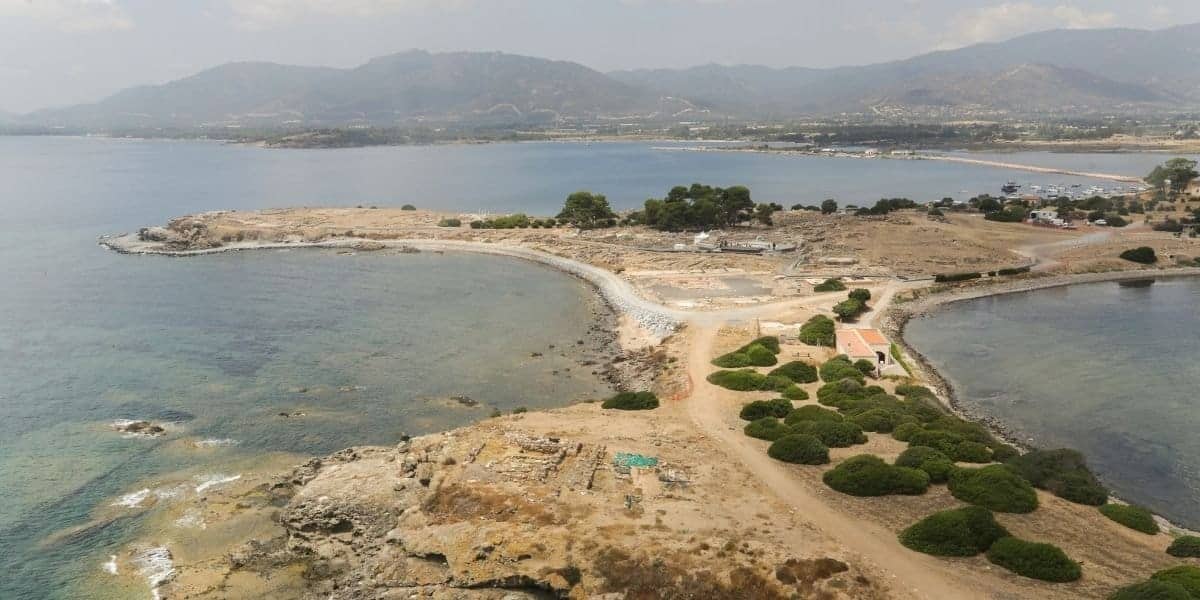

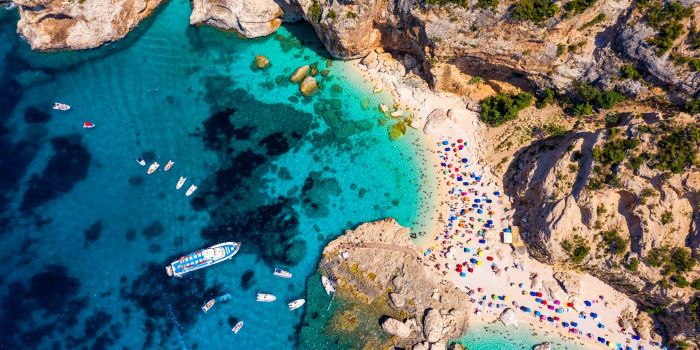


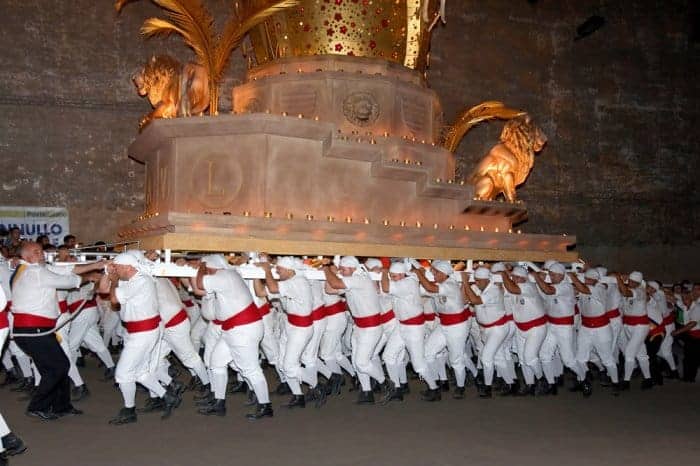
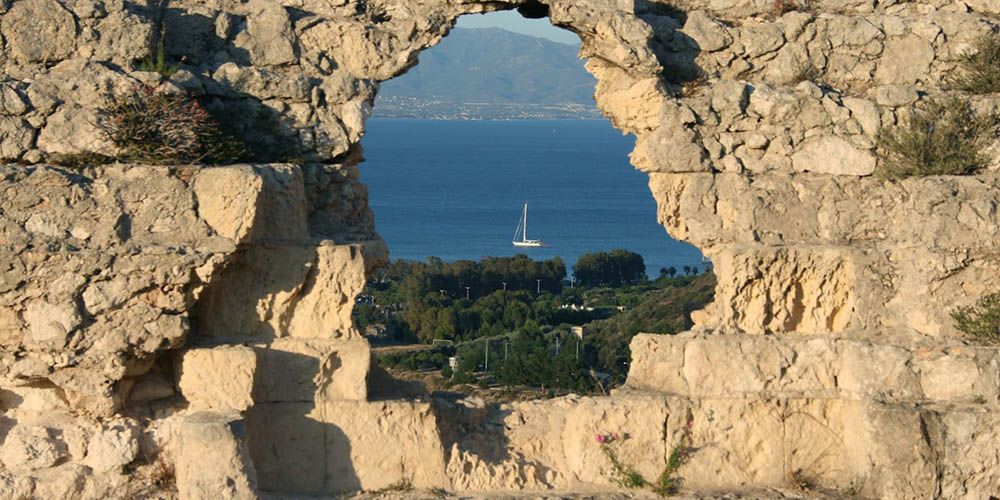
Ciao! I'm Monna Lisa, your digital travel designer. I'm here to help you plan your perfect trip to Italy.